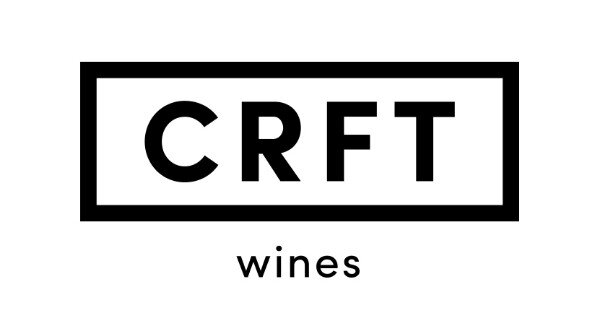We are NASAA Certified Organic
Our ‘Arranmore’ property in the Adelaide Hills — including our vineyard, winery & our Arranmore label wines — is certified organic by the National Association for Sustainable Agriculture Australia (NASAA).
This confirms our active commitment to the ongoing natural health of our land, grapes and wine. Our soils are uncontaminated, we nurture our vineyard with natural fertilisers, recycle our winery ‘waste’ in a closed-loop system, support biodiversity across our property, and have a bush block dedicated to native plant regeneration.
We are caretakers of our land — so we choose practices that are good for the environment, animals and people.
In February 2016, soon after buying our Arranmore property, we began the conversion to organic practices. In February 2019, we received full NASAA organic certification.
No systemic sprays
We don’t use systemic or synthetic herbicides, pesticides or fertilisers in our vineyard. Many vignerons kill under-vine grass with heavy sprays, but we believe grass is good! It helps build topsoil, which encourages microorganism activity, which in turn leads to more aerated soil with greater water-holding capacity. We simply mow the grass beneath our vines, and occasionally use certified organic elemental or biological sprays to control vine issues such as mould.
minimal intervention, wild-ferment wine
Wild ferments are the norm in our winery — we don’t use commercial or genetically modified (GMO) yeast. It’s another reason we simply won’t spray our vineyard with systemic chemicals. Many synthetic sprays targeting mould in the vineyard also kill the wild yeast that’s so powerful in the winery. We choose practices that preserve these wild yeasts, allowing you to taste the unique flavour of each individual site.
Closed-loop ‘waste’ Composting
Our property is a closed-loop system. All ‘waste’ from the winery — the grape must, skins and seeds — goes into compost bays and is then covered with autumn leaves. Ten months later, this transformed rich soil is applied back onto the poorer or rockier areas of our vineyard. The grape stems we compost separately, and then apply to areas prone to erosion and compaction.
Winery ‘wastewater’ recycling
Because we don’t use harsh chemical cleaners inside our winery, we can apply our ‘wastewater’ straight back onto our vineyard. Winery wastewater is high in nutrients which, left to run into waterways, can promote microbiological growth, starve water of oxygen and cause all sorts of problems. Instead, we get those nutrients straight onto the land and put them to good use fertilising our vines.
horse manure & dung beetles for fertilising
Manure from our horses is collected weekly and placed on the vineyard, where dung beetles quickly get to work. These incredible little bugs transport the manure and its nutrients deep into the soil, leaving behind little tunnels for airflow and improved water retention. At summertime, when they’re really active, the beetles can demolish a poo within 24 hours. Incredible, really.
actively building soil
Many of these practices come down to caring for our soil — because great soil means great grapes and even better wine. Over time, we’ve greatly reduced our need to irrigate, and we experience far less erosion. This is crucial on a steep slope like ours, where water flows through our vineyard, down through our dam and into a natural creek waterway.
Healthy soil means great grapes, excellent wine — and healthy people & planet. It’s the full cycle.
Look for the CRFT ‘Arranmore’ label
All CRFT Arranmore label wines produced from the 2019 vintage onwards are fully NASAA Certified Organic (look for the logo on our labels). Many of the grapes we source from other vignerons in South Australia are grown using organic principles, and we continue to chat with our growers and advocate for a move to full organic certification.
We’ve dedicated 3 acres to a permanent native wildlife reserve & bush block
Part of organic certification means mapping a longer-term environmental improvement plan. That was easy on our property — we’d already dedicated three acres to a native bush block and wildlife reserve.
It’s a beautiful spot, full of native orchids, bush peas, banksias, pines, stringy bark, a host of eucalypts and multiple native grasses. We also regularly spot koalas, kangaroos and native ducks, as well as beautiful black cockatoos in the warmer months.
Honestly, there’s nothing better than looking out over our property, with a glass of wine in hand, knowing we’re doing the very best we can to preserve its health and natural beauty.




